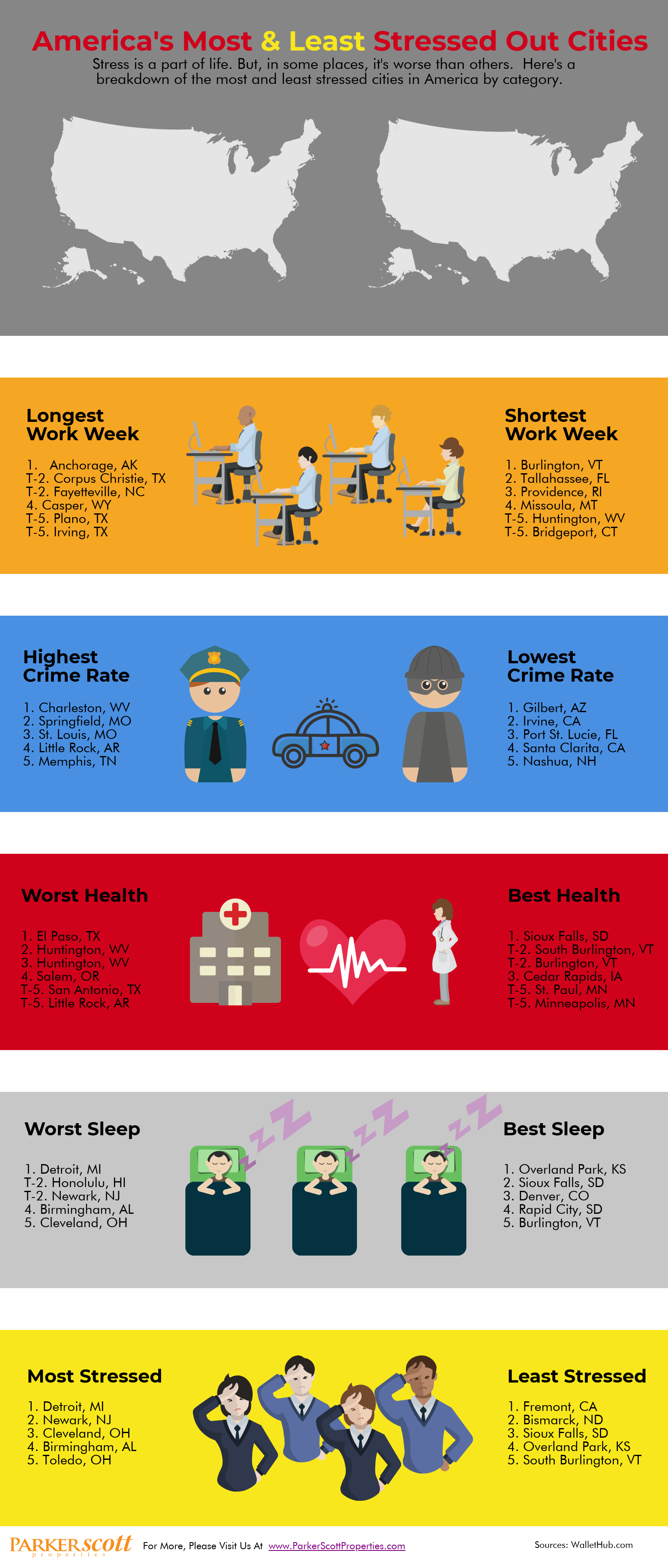Buying a home is not something most people do very often. Unless you’re a real-estate investor or have to move frequently for work, you’re likely going to stay in the home you buy for more than a couple of years. In fact, recent data shows homeowners tend to stay in their house somewhere between 10 and 13 years. So it shouldn’t be surprising that there are some common misconceptions about the buying process and the best way to go about finding and buying a house. But, according to a recent survey, one common misstep is becoming less and less common. That’s because, the survey found nearly two thirds of recent buyers looked for financing before looking at homes and, among first-time buyers the number jumped to 85 percent. This is the right way to do things for a couple of reasons. First, meeting with a mortgage professional before heading out on the trail will let you know exactly where your price range is and what you may be qualified to borrow. Secondly, in a competitive market, having your financing already lined up means you can act fast when you find a home you love. If you’re not prequalified, a more prepared buyer is likely to make an offer and have the home under contract before you’ve even completed your application. More here.
Four Things To Look For In A Neighborhood
America’s Most & Least Stressed Out Cities

The Summer Features Home Buyers Want Most

5 Home Selling Myths

Busy Buyers Say They Hope To Avoid Renovations
Unless you’re buying a new house, you’re likely to be choosing which house to buy based on how much work it might need. And if you don’t have the time and expertise to do the work yourself, you’re going to have to factor possible remodeling costs into your buying equation. In other words, it can get complicated. That’s why, today’s home buyer says they’re looking for a move-in ready home that requires very little renovation. Busy schedules and tight budgets mean many Americans don’t have the resources or time to invest in a major kitchen overhaul or bathroom upgrade. But is it realistic to expect to find the perfect home in perfect condition at a time when many markets have lower-than-normal inventory levels? Well, probably not. That’s why buyers should have an idea about what they will or won’t compromise on before heading out to shop homes. Conversely, home sellers should think about any investments they can make before listing that might help sell their house at a higher price.
Conditions Are Ripe For Spring Home Buyers
As the spring home buying season approaches, there are many moving parts analysts and experts look at to determine how home buyers and sellers might fare. Economic growth, the job market, interest rates, home prices, buyer demand, and inventory are just some of the factors that will determine how many hopeful home buyers find new homes this year. According to one outlook – from Fannie Mae’s Economic and Strategic Research Group – conditions are good for buyers, except for one specific, long-standing obstacle. “We don’t expect rates to play much of a role in total home sales, especially with anticipated stronger disposable household income growth,” Doug Duncan, Fannie Mae’s chief economist, said. “The ongoing inventory shortages should constrain sales despite otherwise ripe home buying conditions.” In other words, though mortgage rates may inch upward this year, so will household income. That leaves inventory as the main challenge to buyers this spring. With fewer homes for sale, there will be more competition and pressure on prices. More here. 
10 Times When Wallpapering a Ceiling Is a Good Move
Nearly 60% Of Homes Within Reach of Typical Buyer
Not surprisingly, affordability ranks high among home buyers’ concerns. Rising prices and rumors of future mortgage rate increases have some prospective buyers questioning whether or not they can handle the financial obligations that come along with homeownership. However, new data from the National Association of Home Builders says, in most markets, they can. That’s because, the NAHB’s quarterly measure of affordability found 58.3 percent of new and existing homes sold between the beginning of July and the end of September were affordable to families earning the median income of $68,000. That’s encouraging news for hopeful home shoppers. And, according to Robert Dietz, NAHB’s chief economist, there are a rising number of them hoping to take advantage of conditions while they’re still favorable. “Solid economic growth, along with ongoing quarterly job gains and rising household formations, are fueling housing demand,” Dietz said. “Tight inventories and a forecast of rising mortgage interest rates through 2018 will keep home prices on a gradual upward path and slowly lessen housing affordability in the quarters ahead.” More here.

Early Forecast Sees Housing Gains Next Year
This year’s real-estate market has been a mixed bag. On the one hand, demand from home buyers has been strong and an increasing number of renters say they hope to one day own a home. But though there has been strong demand from buyers, there has been a lack of homes available for sale in many markets. Low inventory has caused home prices to continuing rising and sales – though higher than the year before – to fall below expectations considering the level of demand from potential buyers. So what’s in store for next year? Well, Lawrence Yun, the National Association of Realtors’ chief economist, sees improvement. According to Yun, continued economic gains should lead to more home sales and more new home construction. However, because for-sale inventory will remain a concern, Yun is cautiously optimistic. “An overwhelming majority of renters want to own a home in the future and believe it is part of their American Dream,” Yun said. “Assuming there are no changes to the tax code that hurt homeownership, the gradually expanding economy and continued job creation should set the stage for a more meaningful increase in home sales in 2018.” More here.


